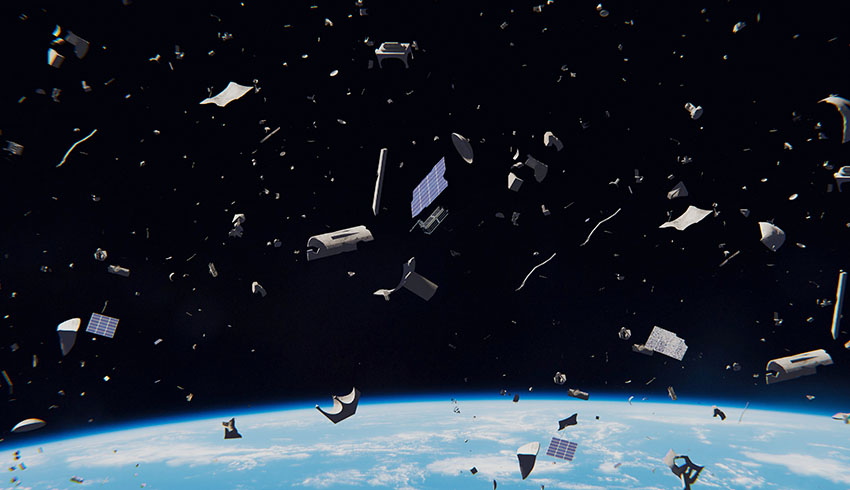
The European Space Agency unveiled a new report on space debris late May, exploring the growing threat of space junk on space exploration and what humans must do to mitigate this unfolding disaster.
The report includes strategies for how industry participants can mitigate the threat of space debris via new spacecraft designs and satellite disposal. Further suggestions also include that “no explosive fuel is left on-board” in a technique dubbed “passivation”.
The report, however, illustrates some damning statistics surrounding human involvement in the space industry.
“Our current behaviour in space is unsustainable. If we continue as we are, the number of objects in orbit will make it hard to safely operate in space at all,” the report reads.
“On average over the last two decades, 12.5 non-deliberate, debris-creating events have occurred every year.
“Behaviours in low-Earth orbit are not changing fast enough: more than half of operators flying at this important altitude make no attempt to sustainably dispose of their missions.”
However, the report isn’t all bad news for the space industry. Recent technological advancements in debris monitoring and tacking have resulted in a growing era of sustainability for the industry.
“Improved surveillance technologies in the last decades mean smaller debris objects can be reliably tracked and catalogued. While we know of significant amounts of debris, we cannot necessarily trace back to the events that created them,” the report outlined.
However, with the growing number of commercially launched satellites in orbit, the risk posed by a cluttered orbital space will continue to grow.
Over-half of the space operators whose satellites do not burn upon re-entry to the Earth don’t have strategies for the disposal of their satellites after their life – meaning that they are simply left in orbit, creating additional risk of debris.
On the other hand, the number of rockets that are justly disposed of has grown from 20 per cent in the early 2000s to nearly 100 per cent due to the uptake in controlled re-entry.
“The millions of fragments of debris in orbit today are the direct result of 'fragmentation events' in the past. Of the roughly 550 events known to date, those caused by propulsion have created the greatest amount of space debris,” the ESA published.
“With appropriate action, the number of events each year could be dramatically reduced.”
[Related: EOS unveils new space debris threat mitigation laser]
Receive the latest developments and updates on Australia’s space industry direct to your inbox. Subscribe today to Space Connect here.









